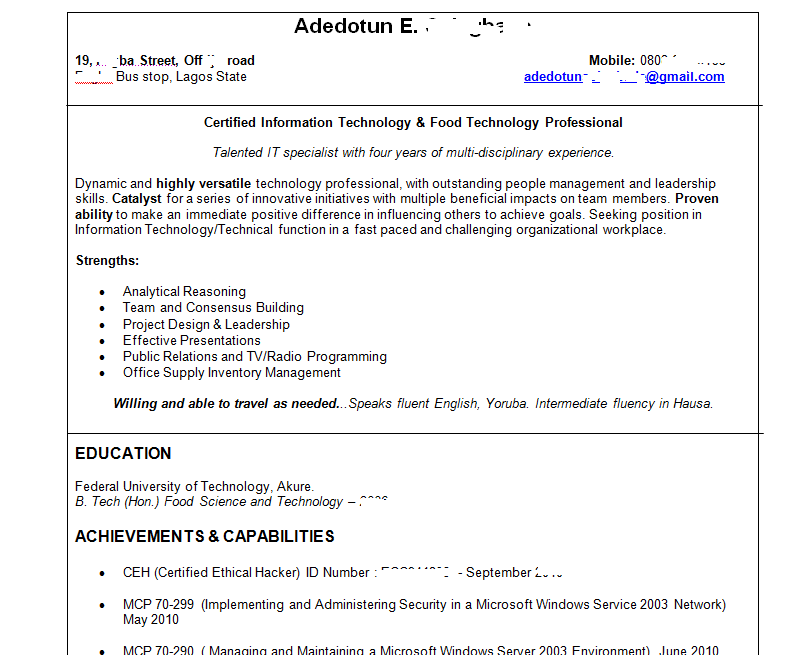Update (20th July 2021): PDF White Paper version now available for FREE DOWNLOAD – Click here.

Preamble
This write-up will interest farm business owners and policy makers in the Agricultural industry/sector. Keep an open mind as you read. I argue that African countries are currently NOT rearing the right mix of livestock types that can help them produce enough animal sources to boost protein consumption per capita. Complementary rearing of a particular micro-livestock type is advocated as a faster and cheaper strategy for boosting production of animal protein sources. I end by suggesting that governments modify current development projects to include the recommended micro-livestock type (making example reference to a World Bank sponsored 5 year CAD project under which the Lagos State government is currently providing grants to Lagos farmers).
Introduction
In Africa, protein requirement per capita (g/Kg of body weight) as determined by the WHO is 0.91 for children to 0.44 for Adults (see http://www.fao.org/DOCREP/MEETING/004/M2995E/M2995E00.HTM).
But per capita consumption of fish (a key source of protein) in sub-Saharan Africa is reportedly “the lowest in all regions and it is the only part of the world where consumption is declining”. (See http://www.fishforall.org/ffa-summit/English/Fish&FoodSecurity_22_8_lowres.pdf)
The main reason for this situation is the increased pressure on food sources due to the continued increase in population over the decades here in Africa. And that’s why livestock farming has been actively encouraged and supported.
But here’s one truth that may probably shock most people: We’re NOT rearing the right kind of livestock. And for decades it’s been slowing our progress towards the goal of bridging the per capita protein consumption gap between us and the rest of the world.
The point I’m raising here is crucial to the well being of a large majority of Africans living in Africa. And African policy makers need to seriously consider adopting a modified approach to livestock farming, to correct the unhealthy trend.
Animal protein sources we currently produce are not cheap enough for majority of Africans to afford.
Let me explain what I mean: The most popular commercial livestock ventures in Africa are poultry, fishery, piggery and other large livestock farming enterprises. These types of animals require mainly grains/cereal based feeds to yield profitable returns.
However, we know that over 60% of commercial livestock farming expenses arise from feeding alone. Since the grains used as ingredients for their feed are generally expensive and limited in availability, the resulting livestock farm products tend to hit markets at relatively high selling prices.
Most of these commercial farms target markets in the towns and cities where they are likely to find more buyers who can afford their products. The poor majority in both urban and rural areas consequently get left out!
Here’s a quick reality check to demonstrate the accuracy of the above statement: How many poor or low income families can afford to eat eggs or chicken daily – even weekly? “Very few” is the answer. The irony is however that most will often come near livestock farms as hired hands or as traders (e.g. market women) to buy and resell/retail! The current cost of production of our animal protein sources is too high.
And that is the REAL reason why per capita consumption is still low in many African societies. A disproportionate amount of the fish, chicken and meat being produced is being consumed by a relatively small financially capable fraction of the population i.e. the middle class and rich. The poor or less financially endowed cannot afford to buy.
If we continue this way, we may never get out of the protein defiency hole we’re in!
3 Key Justifications for Large Scale Adoption of a Complementary Commercial Livestock Type
1. Grains/Cereals Limitation: Grains based livestock farms will struggle due to high grains prices/scarcity. For instance, Industries like breweries for example are using more and more cereals as raw materials especially following ban on wheat imports. Competition is ongoing between man and livestock for this food source, resulting in a steady increase in price.
2. Grains Preferring Livestock: Many conventional commercial livestock farm animals like cattle, sheep, and poultry require mainly cereal based diets to turn out profits. The implication is that farms that rear them will continue to contend with relatively high productions costs.
3. An Alternative Livestock Type: There is a micro livestock type that we can quickly, easily and cheaply get majority of our people to rear commercially, to dramatically boost our animal protein production, in a short period of time.
A Micro Livestock Type That Can Solve the Problem
We need to focus more attention on smaller livestock that are cheaper to rear with higher meat to bone ratio and greater feed to flesh conversion.
Rabbits provide a viable complementary alternative to our conventional livestock meat sources.
I say this based on personal experience gained from careful study and rearing/breeding of the Rabbit for sale. The ideas I propose also derive from knowledge of tested and proven ideas developed for use on the continent (an example of this is given later in this piece).
Here is a summary of the Rabbit’s amazing mix of extremely useful attributes:
1. Copes well with varied food types. E.g. farm harvest waste such as food crop leaves; domestic waste e.g. oil-free left over rice, plantain/yam peels etc
2. Easily managed, and not noisy. Requires low capital and minimal infrastructure. This makes it ideal for the less financially endowed larger majority to adopt.
3. Boasts high feed to meat conversion ratio of about 1:1. This means for every 1kg of feed given to this animal, it can convert it to 1kg of meat. That implies a high ROI i.e. it is cheaper to feed for meat production – unlike the large livestock which often deliver to a feed to meat conversion ratio of 2:1.
4. High reproductive capacity. It reproduces fast and also grows fast. Therefore breeding will be easy and with good management, flocks will grow rapidly.
5. Biological Refrigerator. It makes artificial refrigeration unnecessary. Can be slaughtered and made at once into a pot of meat stew for a family. There would be no remaining pieces to store in the freezer!
6. Healthy white meat. Red meat/beef is considered unhealthy. More people now prefer fish and chicken. Rabbit meat is white meat, and comes highly recommended for persons with health concerns. That makes it attractive.
The Plan: Low Cost Backyard/Farm Waste Based Rabbitry Integrated With Fish/Crop Farming
State governments keen to more immediately boost per capita protein consumption amongst their citizens can promote adoption of backyard rabbitry by families. In other words, they can be encouraged to rear the animals to supplement their family’s meat supply. As time goes on, they’ll grow enough to sell some and earn additional income.
This would be done as a complementary alternative to current livestock farming efforts. Once this alternative and cheaper high protein source becomes widely available, demand for the grains fed livestock will reduce and pressure on the expensive grains will drop.
A Useful Model That Can Be Adopted: In 2009, Jacky Foo of Stockholm, Sweden came up with a (U.S.$20,000 grand prize winning) idea of a community rabbit-fish agri-business farm for producing affordable protein, and generating employment. African farmers and governments can adopt a variant of that model. From what I’ve seen online, Jacky Foo is willing to offer guidance to those who ask. See details at http://newswatch.nationalgeographic.com/2009/12/03/541_rabbit-fish_farm_wins_contest/
Interested governments can modify current efforts (e.g. World Bank sponsored projects like the Commercial Agricultural Development Project described below) to INCLUDE the above Rabbitry initiative. The benefits to be had are enough to justify doing so!
Lagos state for instance already has Farm Service Centres. They only need to include the needed research investigation and development for rabbitry into their plans.
World Bank Grants for Lagos Farm Businesses
On a final note, I offer the following information for interested farmers based in Lagos State. Some weeks back, I got a call from a lady officer (Bunmi Daramola) from the Lagos State ministry of Agriculture. She told me she had read one of my articles on farm business marketing, and wanted to meet with me. When we met, she told me about the work being done by the State Commercial Agricultural Development Office (SCADO).
Under the auspices of the World Bank, Lagos State Government and the Lagos State Agricultural Development Authority, a 5 Year Commercial Agricultural Development Project (CADP) has been progressively implemented since April 16, 2009, and will be closing on December 31, 2014.
The project is designed to make farming more commercial and profit driven. Steps being taken include identification of beneficiary farmers based on specified eligibility criteria, and subsequent implementation. Key focus areas are Aquaculture, Poultry and Rice farming.
Farmers are being given grants, and supported with capacity building resources etc.
Full details are provided in a flyer the young lady gave to me, which you can view high resolution digital versions I’ve prepared (click below).
If you are a farmer and wish to know more about the CADP, I suggest you download the two pages of the flyer put up above. You’ll find the SCADO office address, email address, phone numbers on them. Google “Lagos SCADO” to get more details.
|
|||||||||








